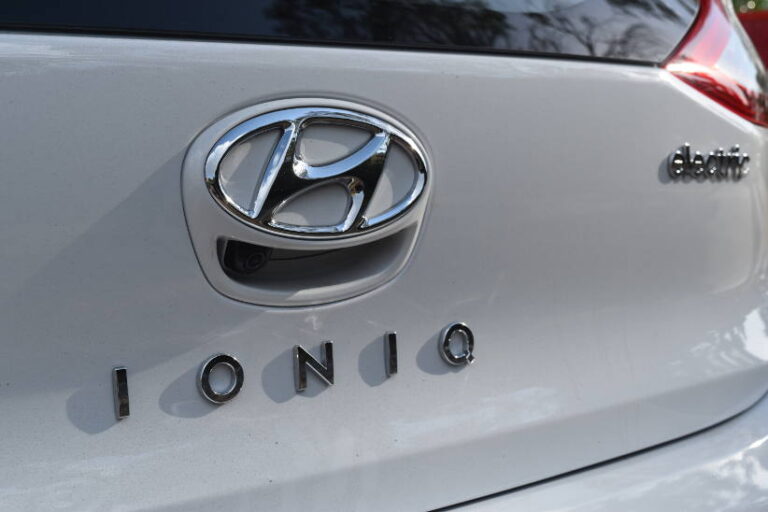Catherine Singh, Senior Fleet Officer, at Melbourne’s City of Port Phillip explained at the IPWEA fleet conference in Brisbane how the council is transforming the fleet as it transitions to zero emissions.
The Institute of Public Works Engineers Australasia (IWPEA) fleet conference attracts a lot of fleet managers from councils all around Australia and the talk Singh presented was of great interest, especially if judged by the amount of questions she was asked by the audience at the end.
Here’s a brief account of the points Singh covered. Firstly, the framework for the transformation, included six planks — a fleet management plan, a fleet policy, an asset management plan, whole-of-life costs, a 10-year budget, and a statement on procurement methods.
In January, 2021, City of Port Phillip council had two electric vehicles in its fleet. By September it had 18. In all but a couple of months in that nine-month period, the council’s estimated fleet emissions fell.
City of Port Phillip Port Phillip is located on the northern shore of Port Phillip Bay, adjacent to the Melbourne central business district in Victoria. Its 11 kilometres of foreshore is dotted with beautiful parks and gardens. The council area also encompasses some of the capital city’s oldest, and most vibrant areas — St Kilda, and South Melbourne.
Other considerations underpinning the pathway planning for zero emissions were the council’s overarching strategy, operating costs, electricity sources, and how to calculate and measure emissions. Singh said some 93% of council’s electricity is sourced from renewables.
Headline challenges included budgets and charging infrastructure. Additional considerations included renewable energy, carbon footprint of manufacturing and batteries, and EV range concerns.
To work out rightsizing, the council’s fleets assets were divided into four classes: Private vehicles, pool assets, light commercial, and heavy vehicles. These classes were considered alongside other council strategic plans.
The organisation set replacement time frames as follows: passenger vehicles 3-5 years, community transport vehicles 10 years, light commercial 8-10 years, heavy plant and heavy commercial 5-10 years or more as appropriate.
Singh also presented a whole-of-life cost for the 2021 Hyundai IONIQ Elite fastback electric vehicle. The vehicle in the council’s business pool was estimated to travel 50,000 kilometres over five years. The acquisition cost, including registration, insurance and dealer charges was $51,740. Council estimated the resale value would be $23,500, giving a total cost of ownership of $28,240.
“Over the last six months, council has successfully been able to transition the following to positive outcomes — vehicle selection, whole-of-life costs, fleet size, financial compliance, emissions and other cost,” said Singh.
Certainly emissions were estimated to have been reduced. Other benefits included a fleet more fit-for-purpose, and reduced financial impacts, said Singh.
— Caroline Falls is a freelance reporter. She has been a contributor to Fleet Auto News since 2015. She can be contacted at carolinefalls@gmail.com.






